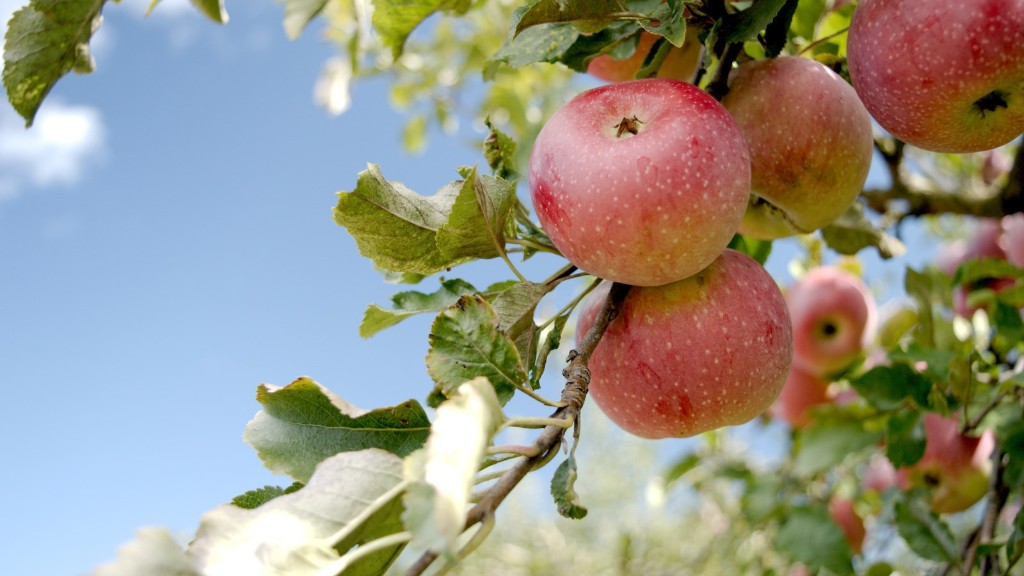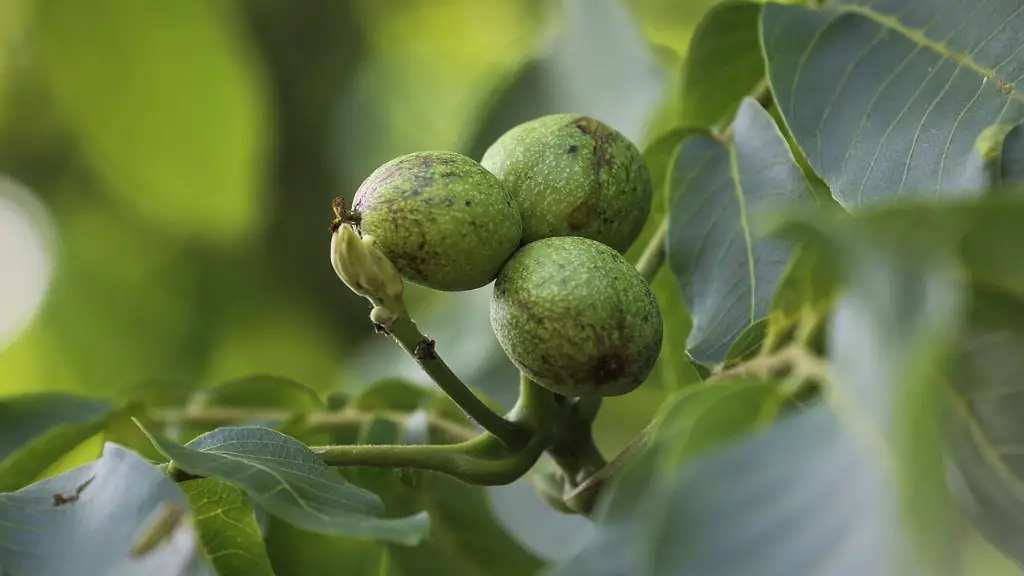When it comes to identifying citrus tree varieties, it is important to know the difference between a lemon tree and a lime tree. Lemon trees are generally broader and have a more rounded canopy than limes, which are typically taller and more slender. The fruit also has distinct differences; lemons tend to be larger and more oval-shaped, while limes are more round. Additionally, the color of the fruit is how many gardeners can identify the two varieties; lemons are typically yellow when ripe, while limes are green. The leaves of the trees also vary; lemon trees typically have thicker leaves, while lime trees’ leaves are more slender and tend to have a pointier tip. That said, while they may look similar, there are many factors that can help differentiate between a lemon and a lime tree.
Smell
If you can smell the tree, you can usually determine whether it is a lemon or lime. While citrus trees are known for their beautiful smell, lemon and lime trees have distinct scents. Lemon usually has a very sharp and strong smell, while limes have a more subtle smell. Additionally, the fragrance of the lemon tends to last longer than a lime tree; the smell will linger in the air after a lemon branch is snapped off or even after rolling a lemon in your hand.
Location
Most citrus trees will do better in warmer, more tropical climates, but when it comes to lemons and limes, this can also be a determining factor. Lemons typically grow better in a warmer, less arid climate, while limes can tolerate drier, cooler conditions. If you’re trying to identify Citrus species, it’s important to know the local climate and growing conditions of the area in which the tree resides.
Blossoms
One way to differentiate between a lemon and a lime tree is by looking at their blossoms. Lemon tree blossoms will be white in color and have a very strong fragrance when compared to the lime tree blossoms, which are typically green and have a more subtle smell. Additionally, the size of the blossoms can vary between the two; lemon blossoms are typically larger and more showy than the lime tree’s.
Flowers and Grow Patterns
The flowers of a lemon and lime tree can help differentiate between the two species. Lemon flowers have five petals whereas lime flowers have four. Lemon trees produce their fruit off of preceding season‘s growth, while lime trees produce their fruit off of current season‘s growth. Additionally, lemon trees tend to flower and fruit earlier than limes.
Bark
The bark of a lemon and a lime tree can also help to differentiate between the two. Lemon tree bark is brownish in color while lime tree bark is typically lighter in color. Additionally, the texture of the bark between the two can vary; lemon bark tends to be more rough and scaly, while lime bark is typically smoother.
Varieties
If you’re still having trouble identifying which tree is which, you can look at the varieties of lemons and limes that are available. For example, the most popular variety of lemons is the Eureka lemon, which is known for its tart acidity and large size. On the other hand, the most popular variety of limes is the Key lime, which is known for its small size and sweeter flavor.
Soil Type
The soil type of a citrus tree can also be used to help differentiate the species. While both lemons and limes grow better in soil that is high in organic matter and well-drained, lemon trees are more tolerant of soils that are lower in pH, while limes prefer soils that are slightly alkaline. Additionally, lime trees prefer a higher amount of water than lemons, so the amount of water needed by the tree can be a determining factor as well.
Fruit Maturity and Ripeness
Lemon trees typically produce their fruit earlier than lime trees, so this can also be a factor in determining the species. Additionally, when it comes to ripeness and maturation of the fruit, lemons will usually ripen rather quickly; a lemon tree will usually produce fruit after 3-4 months of flowering, whereas a lime tree can take up to 8 months.
Leaf Shape and Color
The shape of the leaves on a citrus tree can also help determine the species. Lemon tree leaves tend to be broad and rounded, while lime tree leaves tend to be more slender and pointed. Additionally, the color of the leaves can vary between the two species; lemon tree leaves will be a darker green, while lime tree leaves will be a lighter green.
Thorns
Another way to tell the difference between a lemon and a lime tree is by looking for thorns. Lemon trees typically have more thorns than limes and will have them scattered along the branches, while limes will often have fewer thorns, if any.


